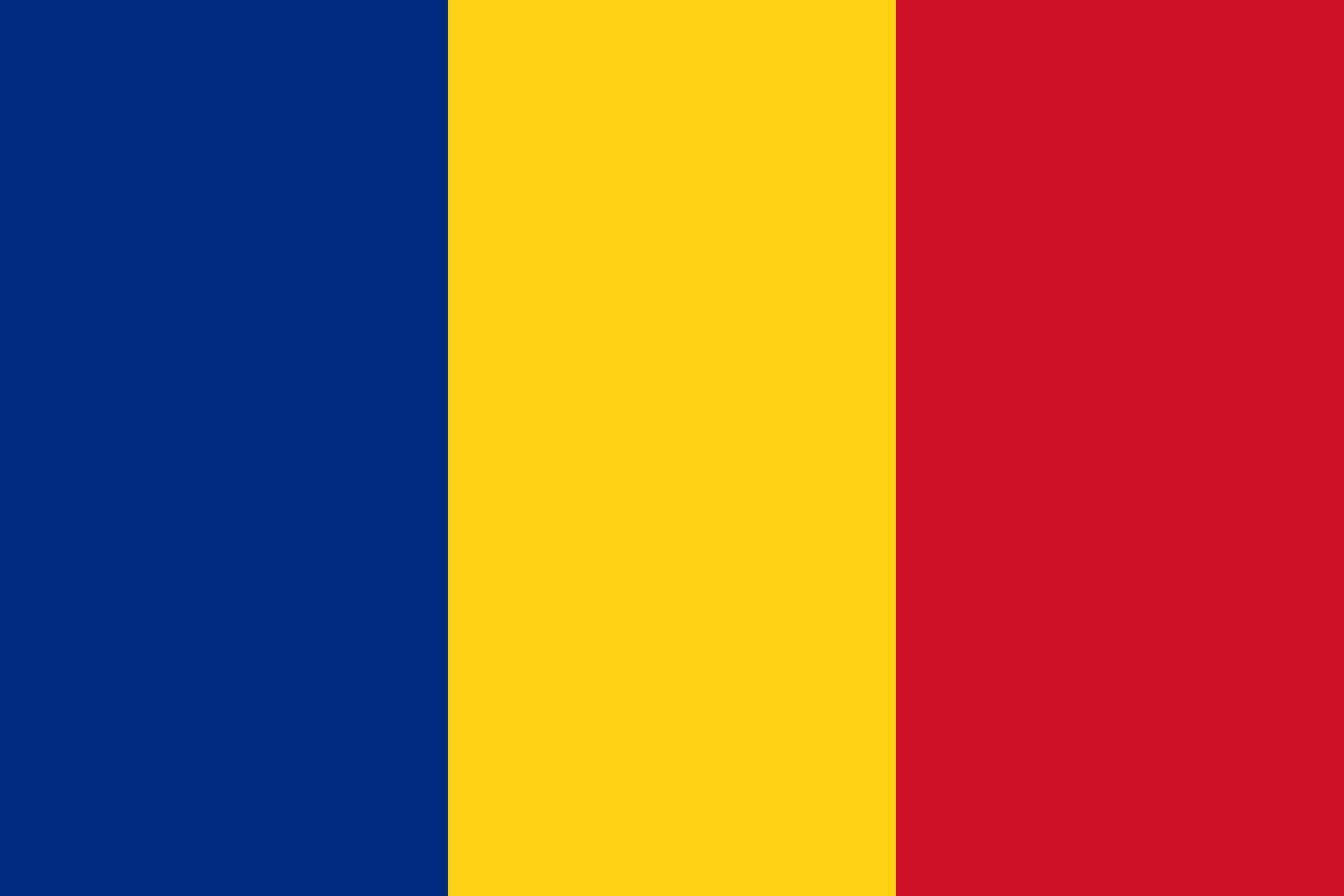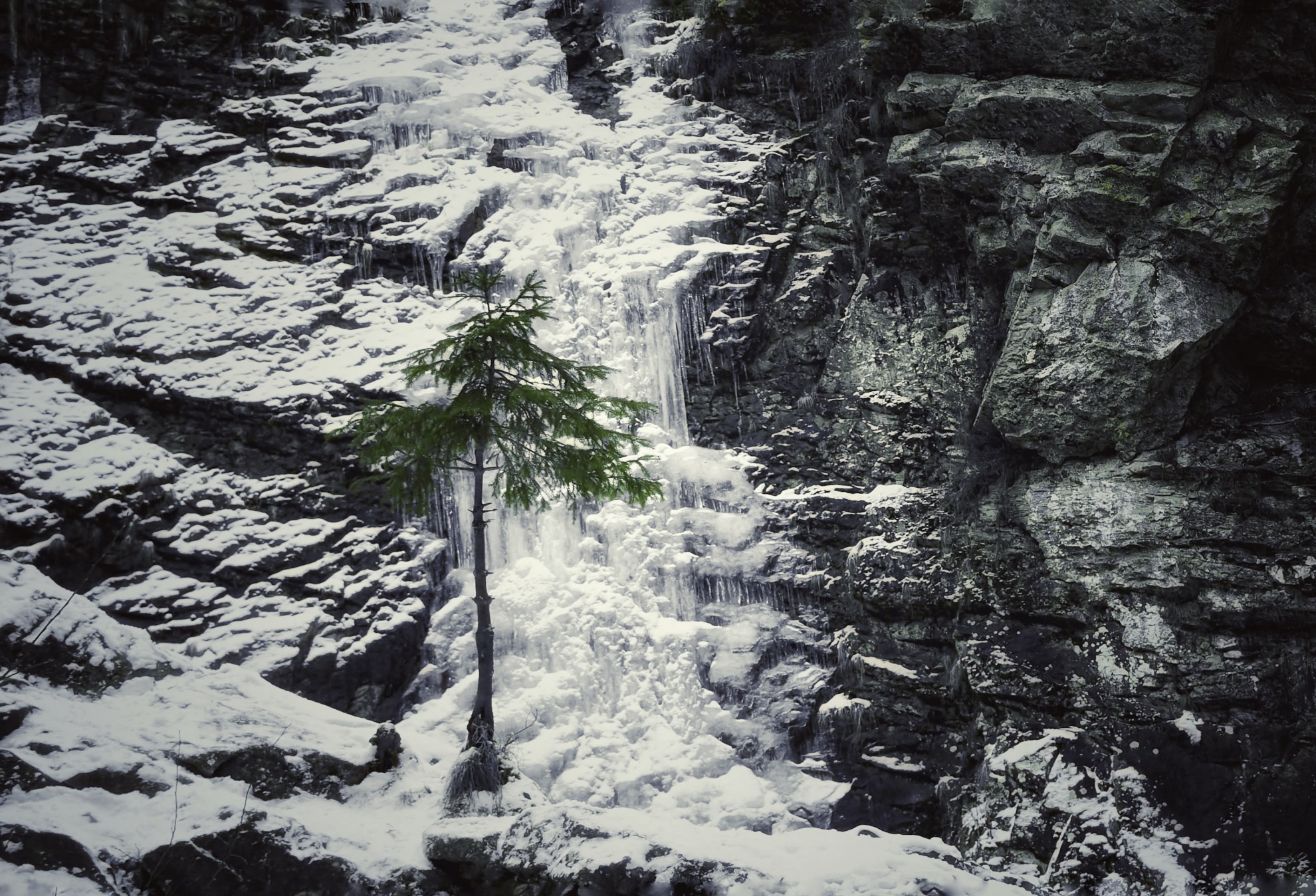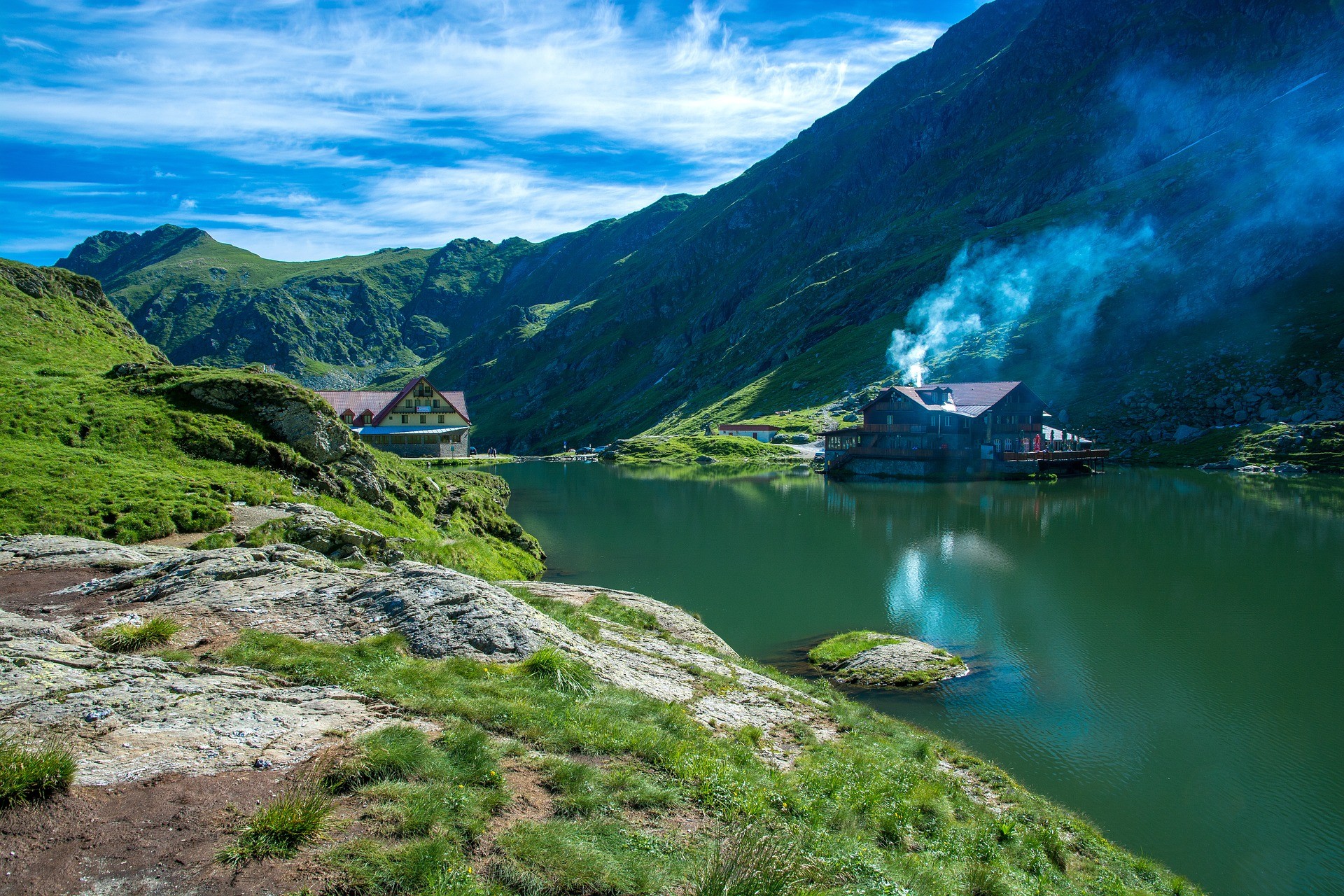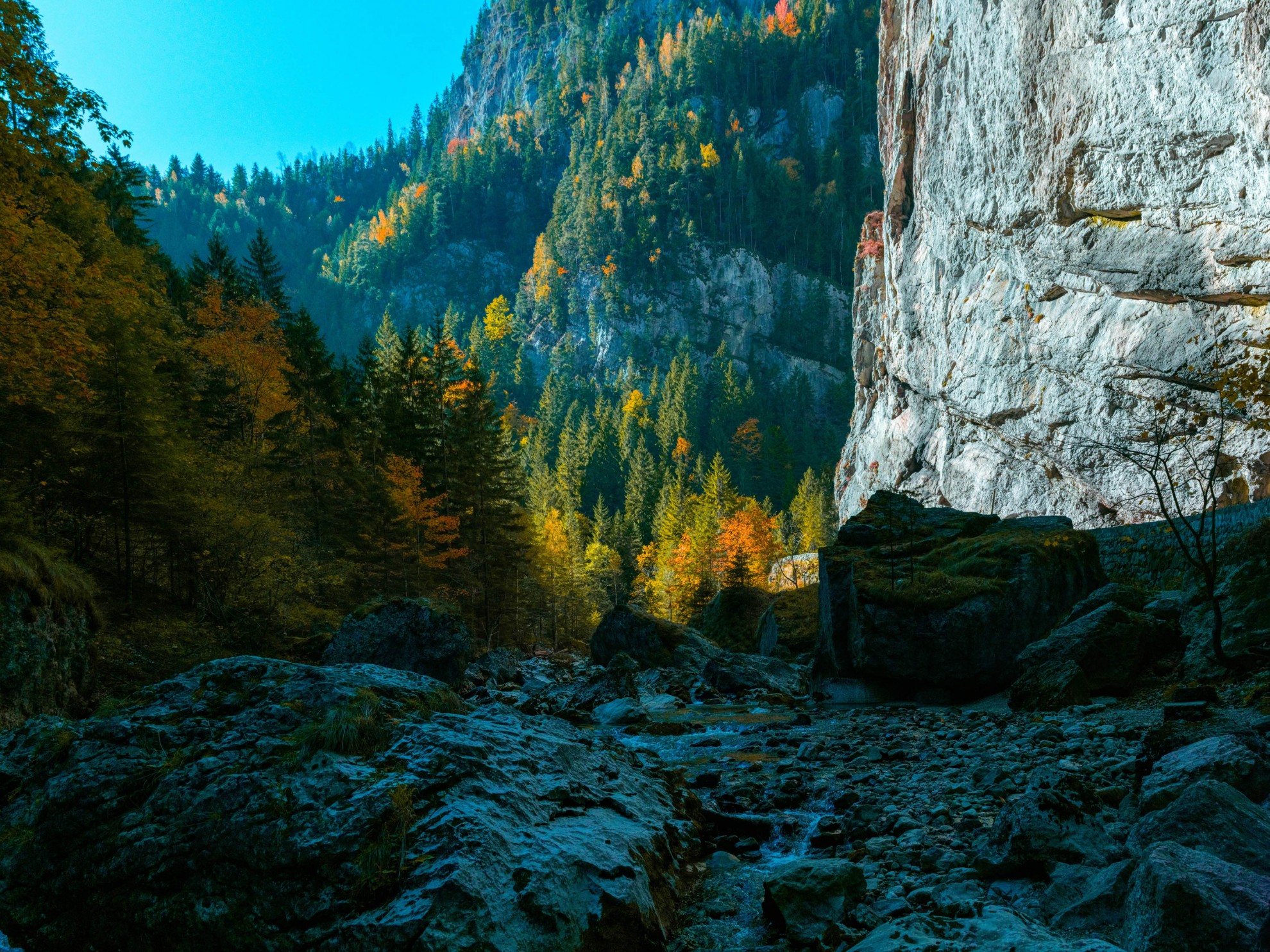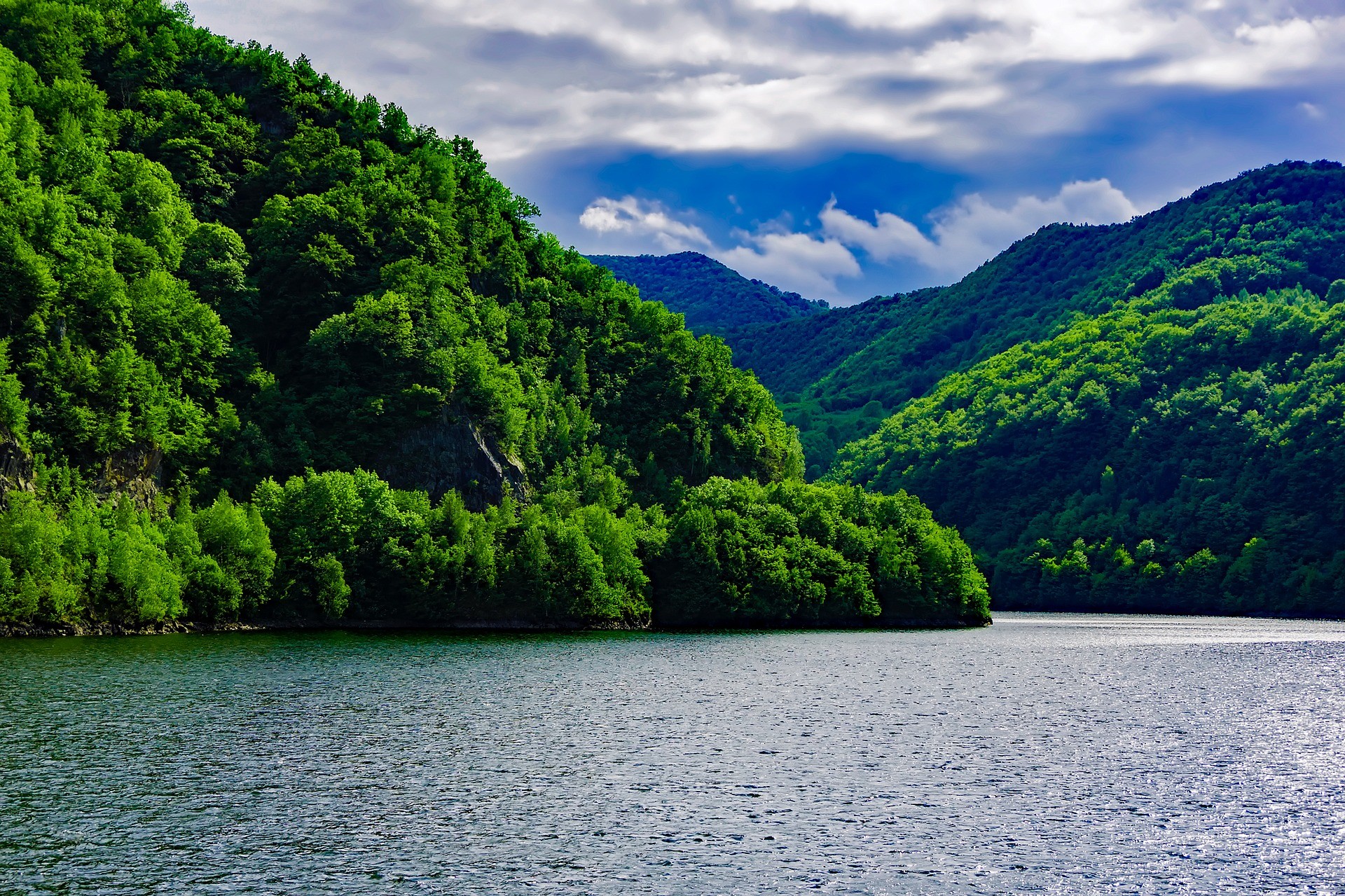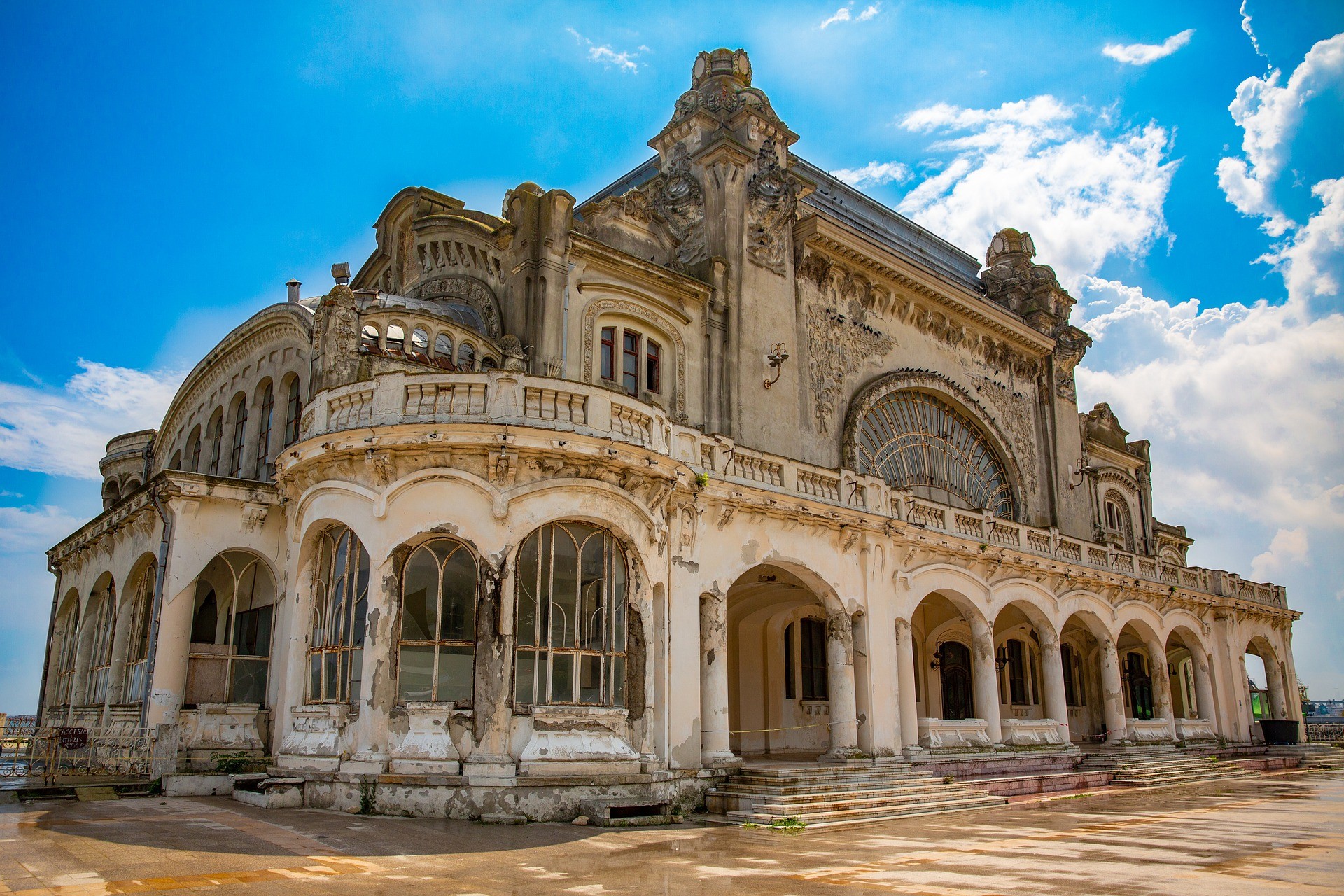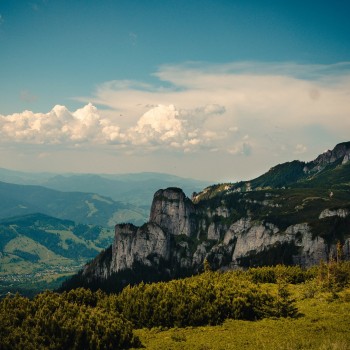Romania
Romania
Capital city description
Bucharest is the capital of Romania. It is a beautiful city that offers a visual feast for the walk. The streets make you feel at home in the open air. It houses the Palace of the Parliament, the National Museum of Romanian History, and the Macca Villacrosse Passage.
Bucharest is also the industrial, commercial, and transportation center of Romania. The city is known as the little Paris, and it's famous for its wide, tree-lined boulevards glorious Belle Époque buildings. The city is also well-equipped with renowned educational institutes, cultural venues, recreational areas, and more.
Climate
Romania has a continental climate, with cold winters and hot summers. Spring is pleasant with cool mornings and nights and warm days. Summer is quite warm, with extended sunny days. In summer, the most desirable areas are the lowlands in southern and eastern Romania, where 100 F is often reached in July and August.
Autumn is dry and cool, with fields and trees producing colorful foliage like New England. Winters can be cold, especially in the mountains. Temperatures are always cooler in the mountains.
Spring: March to May
Summer: June to August
Autumn: September to November
Winter: December to February
Languages spoken
Romanian is the official language of Romania, while Hungarian is the minority language in the country, and English is the primary foreign language taught in the public school system, from primary to upper secondary grade levels.
Fun/Fascinating Facts
- Romania houses the world’s largest Gothic church. The Black Church of Brașov is the largest Gothic church between Vienna and Istanbul, and it is unrivaled in Eastern Europe. The church’s walls blackened after being partially devastated by fire in 1689, and so the church received its name. Inside, there’s a great Bucholz organ and Europe’s most extensive collection of oriental rugs.
- Romania is the only country in Europe where the Brown Bear still lives in the wilderness. The country has more than 60% of the brown bear population in Europe.
- Romani has the best-preserved delta in Europe. Crossing the south of Romania, the Danube forms an excellent delta before flowing into the Black Sea. The Danube Delta is home to 23 natural ecosystems and, from April to September, is home to more than 300 bird species that come to life on the delta’s channels and lakes.
- Romania is home to the underground glacier. The Scărișoara Glacier can be found underneath the Bihor Mountains and is the second-largest underground glacier in Europe. With a volume of 75,000 cubic meters, the glacier has been in existence for more than 3,500 years.
- The biggest Gothic church is found in Romania. The Black Church of Brașov is unparalleled in Eastern Europe, being the most prominent Gothic church between Vienna and Istanbul.
Unique Customs/Traditions
- Cucii, or 'The Cuckoos', is a tradition in which the whole village takes part. One of the most colorful Romanian customs, it precedes the start of Lent and involves beautifully adorned masks and costumes. The main character, The Cuckoo, wears a mask shaped like a globe, embellished with hundreds of paper flowers and ribbons. The rest of the participants are men dressed as women, who wear their lovers' clothes. They wear belts fixed with loud bells around their waists and carry a stick. They roam the village and touch or even gently hit those in the audience, so they gain protection against diseases and misfortune in the coming year.
- Caloianul is a custom in Romania, a rainmaking ritual performed by children after Easter or Pentecost or on any summer day after a prolonged drought. Most frequent in the rural areas in the south of Romania, this custom involves baking up to nine clay dolls, buried in a mock ceremony after being paraded through the fields by a group of children who sing old ceremonial songs. After three days, they are unearthed and carried back to the village, either thrown into water well or placed on a wooden board, and left to float on a river or a lake—the girls participating gather and bake a traditional pie for everyone to share and commemorate the Caloian.
- Romanians believe that when a child is born, he will be visited by the Fate fairies or 'Ursitoarele' in Romanian, on the 3rd day, after sunset. That is why it is customary to welcome the fairies with a selection of gifts, such as flour, salt, coins, wine, flowers, and even cakes. They are traditionally placed by the window by the child's godmother.
- Martisor is a unique Romanian custom that happens on March 1, which marks the celebration of the Spring season. On this particular day, Romanian people offer each other a "Martisor," a small charm or trinket. Men usually buy Romanian women flowers, snowdrops being amongst the most famous gifts. On March 1, one must pick a day called "baba" (literally means old woman) between 1 and 9 March. If the day you picked is sunny, it is presumed you would have a fruitful year. If the day is cloudy or rainy, it is believed that a rather difficult year lies ahead.
Popular universities
| Name | Description | |
|---|---|---|
| University of Bucharest | Established in 1864, the University of Bucharest is the country's second-oldest higher education institution and the highest-ranked on the global tables. The University of Bucharest has 18 faculties, covering a broad spectrum of subjects. It cooperates with over 50 higher education institutions in 40 countries. It participates in programs such as Erasmus Mundus, Lingua, Leonardo da Vinci, Tempus, and others, which promote international collaboration in higher education. | |
| Babeș-Bolyai University | The Babeș-Bolyai University is a public research university located in Cluj-Napoca, Romania. Babeș-Bolyai University offers courses and programs leading to officially recognized higher education degrees such as pre-bachelor degrees (i.e., certificates, diplomas, associate or foundation), bachelor's degrees, master's degrees in several areas of study. | |
| Alexandru Ioan Cuza University | Alexandru Ioan Cuza University is the oldest Romanian higher-level education institution, established in 1860. The university is one of the most prestigious in the country, classified as a first league research and education center by Romania’s Ministry of Education in 2011. The university offers biology, chemistry, law, economics, physical education, philosophy, social sciences, physics, history, geography and geology, mathematics, IT, literature, psychology, theology, and European studies. | |
| Universitatea de Vest din Timișoara | Universitatea de Vest din Timișoara (UVT) / West University of Timişoara (WUT) is the main higher education institution and research center in Western Romania. It comprises eleven faculties. The faculties functioning within the framework of UVT offer nationally accredited study programs at Bachelor, Master and Doctoral level in the following subject areas: Arts and Design; Chemistry, Biology, Geography; Economics and Business Administration; Law; Letters, History, and Theology; Mathematics and Computer Science; Music and Theater; Physical Education and Sports; Physics; Political Sciences, Philosophy, and Communication Sciences; Sociology and Psychology. | |
| Bucharest University of Economic Studies | Bucharest University of Economic Studies is a non-profit public higher education institution located in the metropolis of Bucharest. The university consists of 12 faculties. The Bucharest University of Economic Studies offers a comprehensive range of economics, business, public administration, sociology, and business law programs. The university currently provides 24 Bachelor’s programs, 84 Master’s programs, 3 international MBA programs with double degrees, 10 doctoral programs. | |
| Politehnica University of Bucharest | The Politehnica University of Bucharest is a technical university in Bucharest, Romania. It is the largest technical university in Romania. Teaching is conducted in Romanian, and at the Faculty of Engineering in Foreign Languages, instruction is performed in English, French, and German. Currently, there are fifteen faculties. | |
| Gheorghe Asachi Technical University | The Gheorghe Asachi Technical University is a non-profit public higher education institution located in the urban setting of Iasi, Romania, was founded in 1993. The university offers a variety of subjects at undergraduate, graduate, and Ph.D. levels within the following faculties: automatic control and computer engineering, chemical engineering and environmental protection, civil engineering and building services, machine manufacturing and industrial management, electronics, telecommunications, and information technology, electrical engineering, hydro technics, geodesy and environmental engineering, mechanical engineering, materials science and engineering, architecture and industrial design and business management. | |
| University of Craio | The University of Craio is a public university located in Craiova, Romania, founded in 1947. It currently has 16 faculties and two colleges for undergraduate and postgraduate programs. The University of Craio offers courses and programs leading to officially recognized higher education degrees such as bachelor's degrees, master's degrees, doctorate degrees in several areas of study. | |
| Transilvania University of Brasov | The Transilvania University of Brasov is a non-profit public higher education institution located in the urban setting of the medium city of Brasov. Starting in 1948, the university has continuously developed, currently the largest and the best reputed higher education institution in the region, consisting of 18 faculties, 19200 students, and over 750 academic staff. The faculties offer academic degree programs in a wide range of engineering, science, humanities, medicine, music, develop scientific research, and provide lifelong learning programs. | |
| Dunarea de Jos University of Galati | The Dunarea de Jos University of Galati is a non-profit public higher education institution located in the urban setting of the medium city of Galati. The University of Galati has 13 faculties: engineering; naval architecture; food science and engineering; automation; computer sciences; electronic and electrical engineering; physical education and sport; letters; sciences and environment; history, philosophy and theology; engineering and agronomy in Braila; economics and business administration; social, political and legal sciences; medicine and pharmacy and arts. The university offers a variety of study programs from undergraduate to master's and doctoral studies. With courses ranging from three to six years, undergraduate students can study courses from theology to nursing and musical interpretation to medicine. | |
Festivals & Events
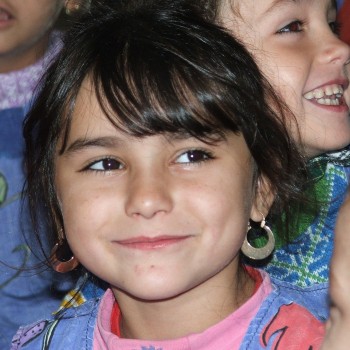
Târgul de Fete de pe Muntele Găina
Date: July
The Târgul de Fete de pe Muntele Găina or the 'Maiden Fair on the Gaina Mountain' is the oldest and the most significant traditional celebration in Romania, in the Avram Iancu village, in the Apuseni Mountains on the closest Sunday to the Saint Elijah celebration on 20 July. In olden times, this festivity was a gathering of the locals, where family and friends were reunited, and it was also a matchmaking festival.
Today, Apuseni women start the celebration by playing the local instrument tulnic, used to communicate between shepherds or train sheep and dogs. The event is animated by folk shows and a ceremony dedicated to Romania's national hero Avram Iancu.
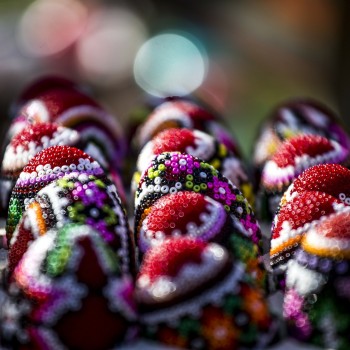
Festivalul Ouălelor Încondeiate
Date: April
The Festivalul Ouălelor Încondeiate happens every year for two days and is dedicated to egg decoration art. Held in Ciocanesti, the village of the Painted Eggs Museum, the festival is an opportunity for local and international artists to display their talent in decorating Easter eggs.
The festival includes an international competition, a local artisans’ market, a fair of decorated eggs, and a traditional music concert.
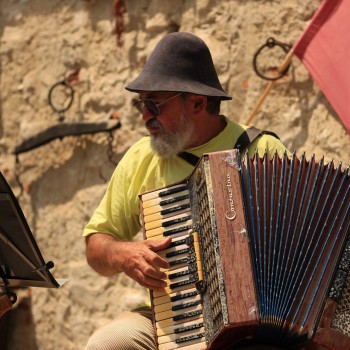
Junii Brasovului Parade
Date: April
Junii Brasovului Parade is taking place on the first Sunday after Easter. It is an event celebrating the revival of nature and the beginning of spring and observing the new year of the Dacians, Romania’s ancestors.
Nowadays, the festival re-enacts the juni descending from the mountains on their horses, wearing traditional clothes and carrying batons, scepters, and flags. They are spread into seven groups, each having its costumes and coming from a different quarter of the Schei district.

Sighișoara Medieval Festival
Date: Last weekend of July
Sighișoara Medieval Festival has been taking place every summer since 1992. Participants dressed up as medieval era knights, wizards, spirits, monks, and other characters enter the streets of the citadel. More than 30,000 locals and international tourists flock to the historic town to observe this festival.
Theater, music, dance, craft, and other forms of artistic expression remind one of life in medieval Europe. Medieval songs are sung by minstrels, drummers, and dancers create an atmosphere of merriment, and the knights organize tournaments to create a lively environment during this festival.
.jpg)
Untold Festival
Date: August
Untold Festival is Romania’s largest annual electronic music festival. It is held in Cluj-Napoca in Central Park.
The festival is famous worldwide and attracts musicians from Europe, North America, and Asia.
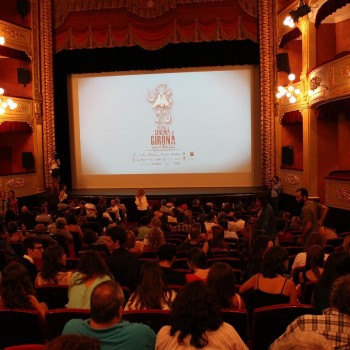
Transilvania International Film Festival
Date: March (date varies)
Transilvania International Film Festival is held in Cluj-Napoca, Transylvania’s historical capital. The festival is held in various locations in the city, including both indoors, outdoors, and unconventional areas.
The festival aims to promote cinematic art by encouraging new films that are original and creative. Launched in 2002 by the Romanian Film Promotion, TIFF has overgrown to become Romania's most important film-related event.
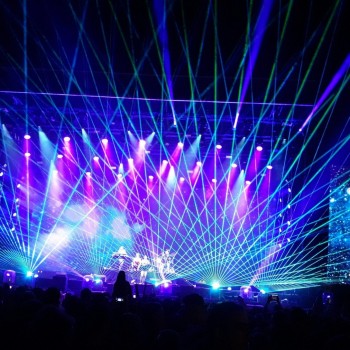
Electric Castle Festival
Date: July
Electric Castle Festival is a music festival is held every year in the Bánffy Castle near Cluj-Napoca. Numerous renowned artists perform several genres of music like hip-hop, indie, reggae, electronic, and more.
Music, alternative arts, and technology are blended to create a unique festival experience at the Electric Castle Festival. The festival offers side activities like games, yoga, circus, movies, and creative workshops. Electric Castle is also known for its culinary food and drinks.
Attractions / Top Sights
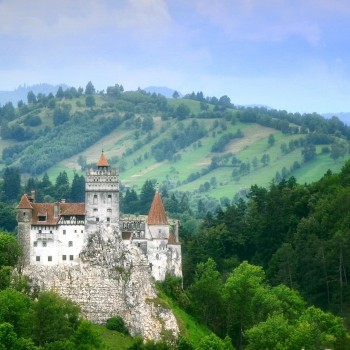
Bran Castle
When to visit: May to September
Bran Castle is often referred to as Dracula as his home. The castle, a Romanian landmark, has a fairy tale quality, peeking out from forested a hillside near Brasov in Transylvania.
The castle is now a museum dedicated to exhibiting art and furniture collected by Queen Marie. At the bottom of the hill is a small open-air museum displaying traditional Romanian peasant structures from the Bran region.
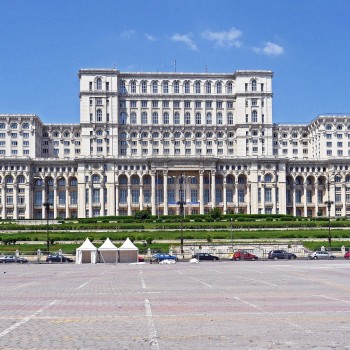
Palace of the Parliament
When to visit: May to September
One of the famous tourist sites in Romania, the Palace of the Parliament, also known as the People's house, is the seat of the Parliament of Romania, located atop Dealul Spirii in Bucharest, the national capital. It is the largest administrative building listed by the Guinness World Records Book.
The Palace is the most costly building globally with approximately 1000 rooms, 440 are offices, more than 30 ballrooms, four restaurants, three libraries, two underground parking lots, one big concert room, one unfinished pool, and an area of thousands of square meters.
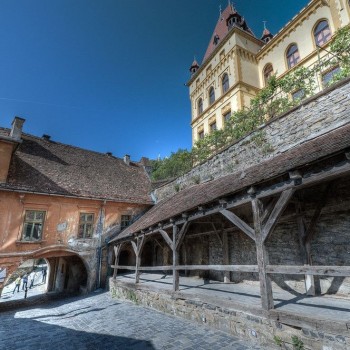
Historic Centre of Sighișoara
When to visit: April to October
Established by 12th century Transylvanian Saxons, Sighisoara is an excellent example of a fortified medieval town. It is the birthplace of Vlad the Impaler, the inspiration for Bram Stoker’s Dracula. It has the classic narrow streets flanked by colorful stone buildings.
The place was designated a UNESCO World Heritage Site for its 850-year-old testament to the history and culture of the Transylvanian Saxons.
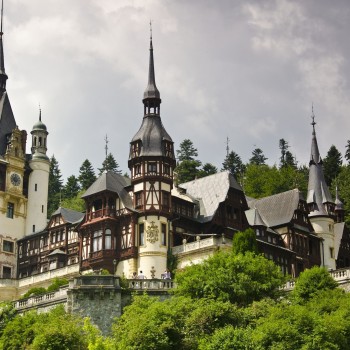
Peleș Castle
When to visit: May to September
Fairytale-like in formation, Peleș Castle is one of the most stunning castles in Europe. Its architectural style is a romantically inspired blend Neo-Renaissance and Gothic Revival comparable to Neuschwanstein Castle in Bavaria. Interior decoration is primarily Baroque influenced, with heavy carved woods and exquisite fabrics.
A Saxon influence can be observed in the interior courtyard facades, which have allegorical hand-painted murals and ornate fachwerk similar to that seen in northern European alpine architecture.
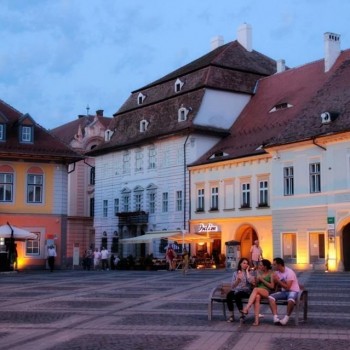
Plata Mare
When to visit: May to September
The Plata Mare or Big Square is a place for public gatherings, including festivals and beheadings. It houses several important buildings such as Brukenthal Palace, Jesuit Church, Sibiu Blue House (Moringer House), Council Tower, Haller House, Hecht House, Filek Palace, Lutsch House - FDGR Headquarters.
The square has been designated an architectural monument by UNESCO.
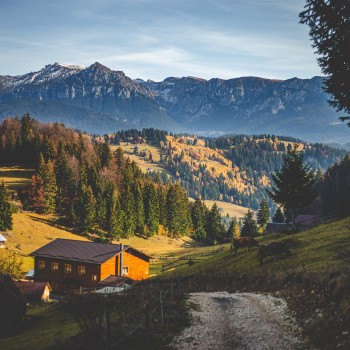
Transylvanian Alps
When to visit: May to September
Transylvanian Alps, also known as the Southern Carpathians, are a group of mountain ranges located in southern Romania. They cover the part of the Carpathian Mountains between the Prahova River in the east and the Timiș and Cerna Rivers in the west.
The rugged mountains, dotted with sheep-filled meadows with wildflowers, offer some pretty good hiking in the summer and skiing in the winter.
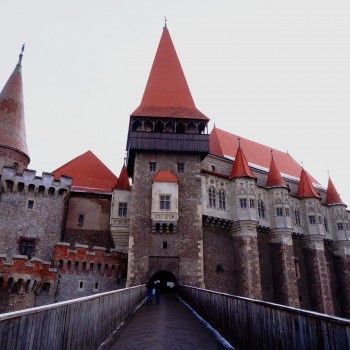
Corvin Castle
When to visit: May to September
Corvin Castle is a perfect example of a medieval, Gothic structure, considered the unique medieval castle in Romania. It is also known as Hunyad Castle after the high-ranking official built it.
Corvin Castle is a fairytale castle alike accessed by a wooden bridge that bears a statue of St. John of Nepomuk, the patron saint of bridges. A raven wearing a gold ring symbolizes the 15th-century castle.















